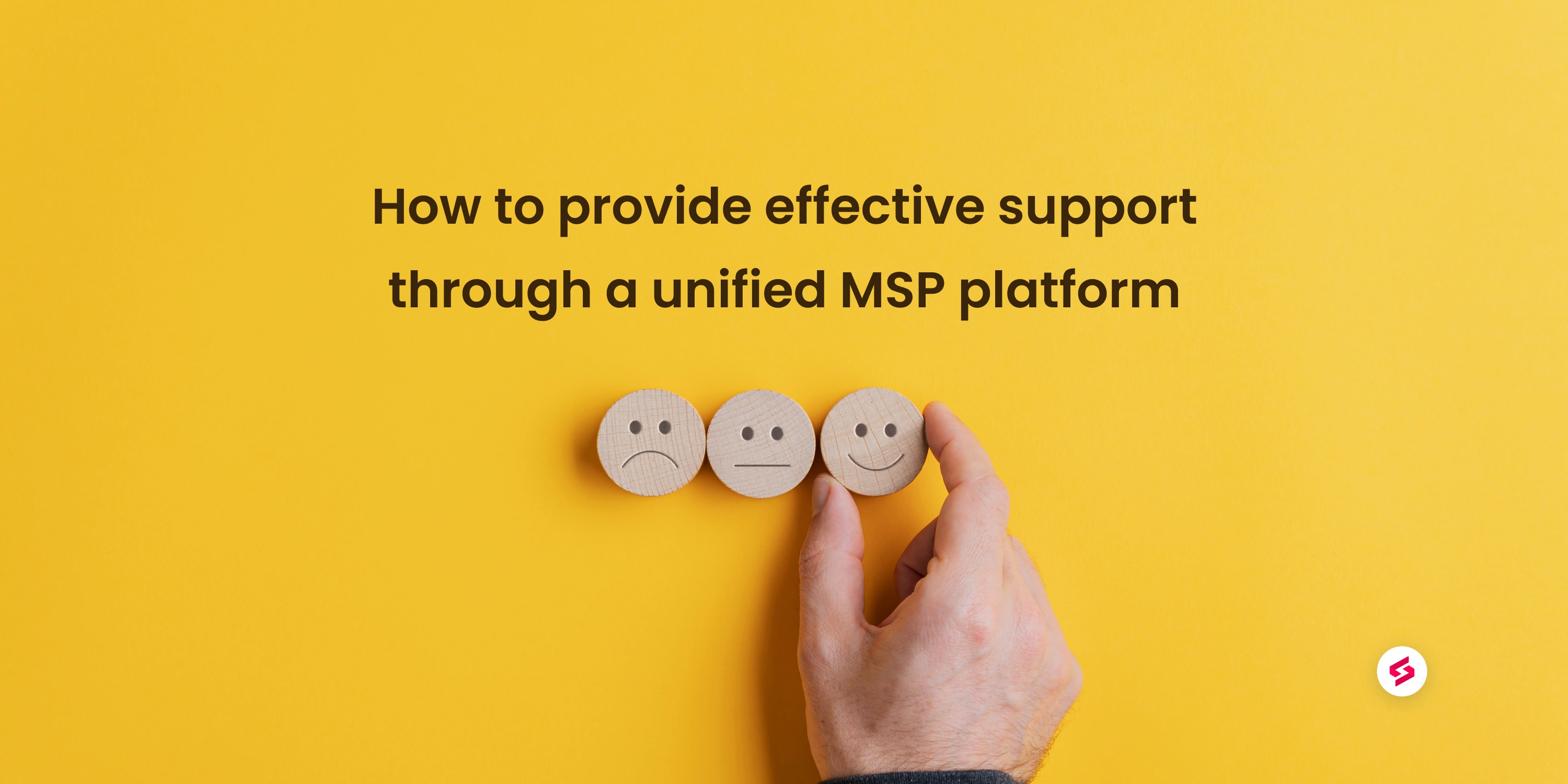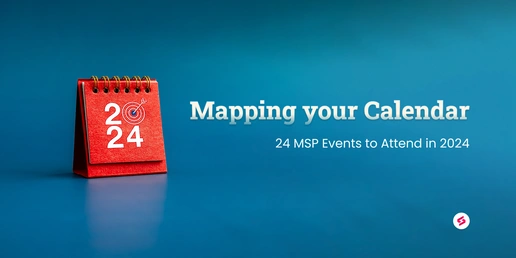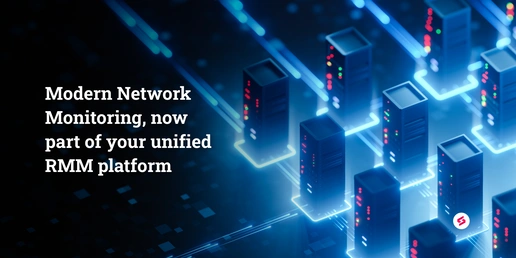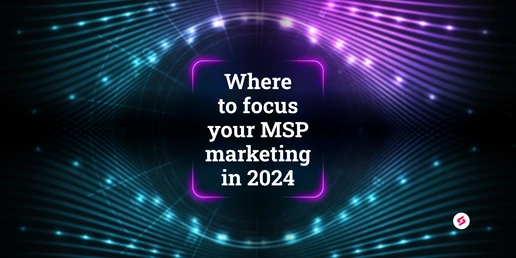Listen to Nityasha Wadalkar, Director of Product Marketing at Splashtop, and Mark Crall, VP of Sales at SuperOps.ai, as they weigh the need for a unified managed services platform.
“Unified platform”, “piecemeal solutions”, and “all-in-one software” are thrown around a lot in the MSP ecosystem. What do they mean anyway? What business problems do they solve?
For Nityasha Wadalkar and Mark Crall, MSP industry experts, they aren’t mere buzzwords or points to be carelessly added to the to-do list. They are essential elements of growth.
Brought to you in collaboration with Splashtop, the webinar we recently conducted brings answers to these questions and more.
Key challenges this year for MSP and IT teams
We asked the MSPs and IT teams who registered for the webinar what their key challenges are this year. Not so surprisingly, the top answers were:
- Improving the client security posture
- Streamlining and consolidating a heavy tool stack
- Working with multiple SaaS vendors
- Supporting the management of distributed endpoints
Improving the client security posture
The last two years have been a roller coaster ride for MSPs. Supporting their clients’ business continuity plans was their core focus, as they tried to find new solutions to support a perimeter-less workspace. As the dust settles, we're seeing more long-term remote and hybrid work policies being implemented across the industries, and a lot of the IT challenges today arise from these newer trends of having distributed workplaces. Businesses need a different security stance.
"How do you really manage the security loopholes that are exposed as a result of these trends?"
- Nityasha Wadalkar
Streamlining and consolidating a heavy tool stack
There are multitudes of SaaS providers out there and they're all really good. There are so many choices whether you're talking about point solutions or you're talking about something as simple as Azure and Google. Instead of a lot of desktops at multiple customer sites, you have now got a lot of cloud solutions at multiple cloud platforms.
The first challenge IT companies or break-fix providers run into while converting into an MSP is picking up their tool stack and consolidating the usage across all their clients.
Working with multiple SaaS vendors
Most MSPs fall into the categories of IT teams, value-added resellers, or break-fix providers transforming into managed service providers. Each one of them by default works with multiple SaaS vendors. Why? By 202, a remote worker will use up to four different types of devices for work, according to a recent survey. Four devices could mean over 400 applications, and that could mean working with over 400 vendors, agreements, and contracts (figuratively).
IT managers and leaders could easily lose sight of what vendors they work with, what subscriptions they have, and what applications they use. A forgotten vendor contract could be flying under the radar forever. Not just that, maintaining good vendor relationships could take a backseat. This is a mistake you can’t afford as a managed service provider, as you're putting your reputation in their hands.
"When your customers call they’re not mad at your vendor, they’re mad at you."
- Mark Crall
Supporting the management of distributed endpoints
If supporting any time anywhere operations is one challenge, aggregating the management of the various tools their clients use is another. If clients are working two days from home, should they be able to take their corporate devices home, or is Bring Your Own Devices (BYOD) a better option there? The productivity parameters have changed, with having to support clients from distributed locations using multiple devices and device types.
“You need to seek out new ways of enabling productive and efficient remote support in this new paradigm.”
- Nityasha Wadalkar
The future of managed services is unified
There are merchant MSPs with core competency and a few customers. Three to four years into the MSP landscape, they might’ve just started building a practice and started going through the challenges of choosing a toolset that will enable them to do more with less.
Then there are accelerating MSPs who’ve got the core basics and a good key team. They have the complete core set; RMM, PSA, documentation, project management, antivirus, and backup solutions. They have the challenge of efficiently connecting all the tools in order to leverage streamlined operations and higher productivity.
There is also a real skill shortage in the managed services landscape. The world is little less than three million cyber security professionals short. So you really need tools that have robust security built in and give you the control and the flexibility to tailor security strategies according to your business needs.
If you're not working with a solution that is agile and able to evolve with the industry, you're going to find yourself pigeonholed soon. The solution the industry today requires is a consolidated tool stack, or in other words, a unified platform optimized for better scalability and manageability. With a unified MSP platform like SuperOps.ai, you can cater to multiple use cases and smoothen out your client operations through tools that integrate seamlessly with each other. Needless to say, the cost benefits are enormous.
This is just scratching the surface of the insights that were revealed during the webinar. Watch the complete webinar below, we’re sure you’ll discover more takeaways that will stick with you!





